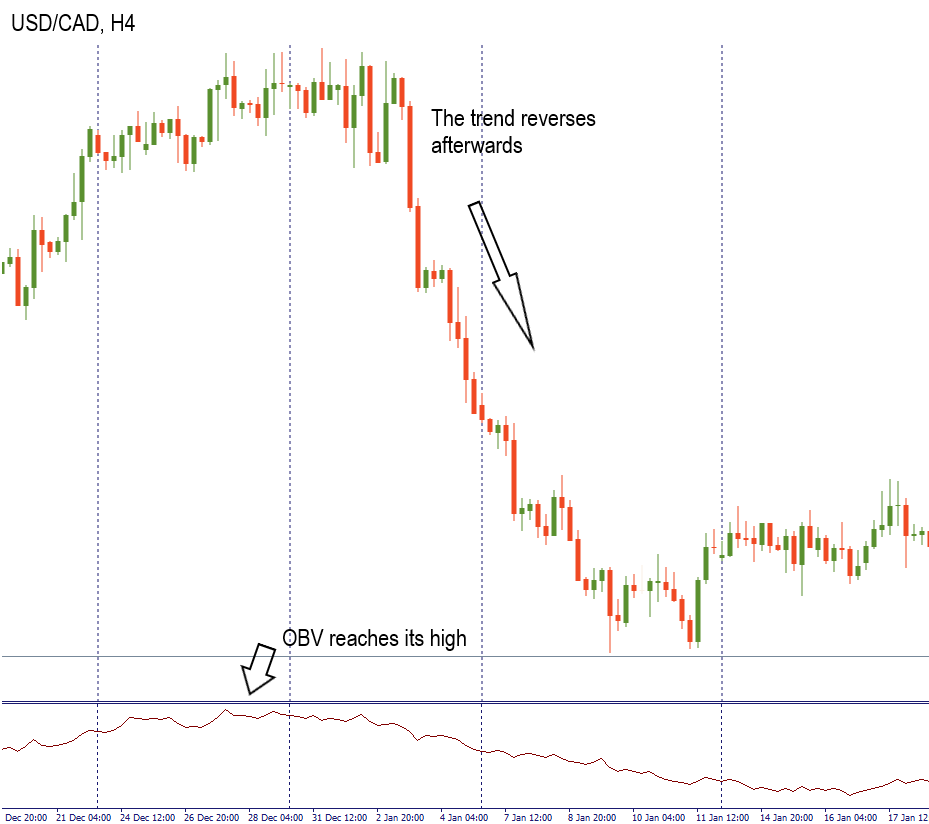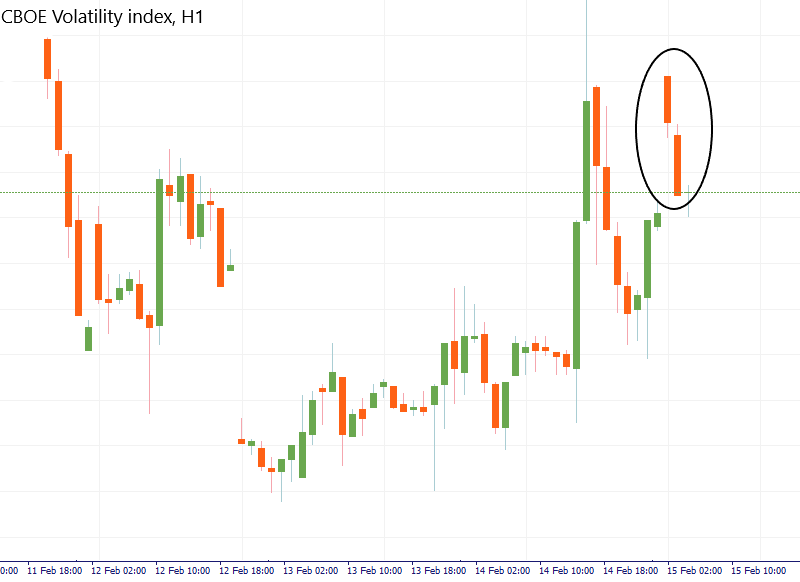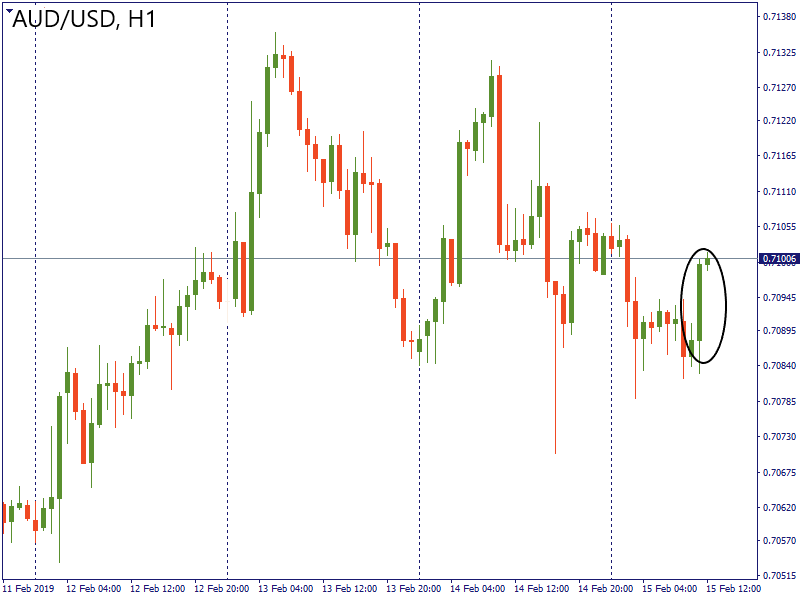
Bill Williams è il creatore di alcuni degli indicatori di mercato più popolari: oscillatore Awesome, frattali, Alligator e Gator.

Non perdere tempo: analizza l’influenza dei NFP sul dollaro statunitense!
Avviso sulla raccolta dei dati
Manteniamo un registro dei tuoi dati per gestire questo sito web. Cliccando il pulsante accetti la nostra Informativa sulla privacy.

Guida Forex per i principianti
Una grande guida al mondo del trading.
Controlla la cartella “In arrivo”!
Nella nostra email troverai la Guida Forex. Premi il pulsante per ottenerla!
Avviso di rischio: I ᏟᖴᎠ sono strumenti complessi che comportano un rischio elevato di perdere denaro rapidamente per via della leva.
Il 71,43% degli investitori retail perde denaro negoziando ᏟᖴᎠ con questo provider.
Dovresti considerare se comprendi come funzionano i ᏟᖴᎠ e se puoi permetterti di correre il rischio di perdere il tuo denaro.
2020-03-25 • Aggiornato
Le informazioni non possono essere considerate consigli di investimento
Quando leggi o controlli un’analisi, spesso ti trovi di fronte alla seguente affermazione: “È consigliato fare trading in base al sentimento del mercato”. Sei sorpreso che il mercato abbia dei sentimenti? Certo che li ha! Poiché il mercato è costituito da una moltitudine di attori diversi, molti dei quali sono esseri umani, ha una base psicologica molto forte. I mercati finanziari sono mossi dalle emozioni, che vengono utilizzate dai trader più intelligenti per guadagnare. In questo articolo, ti aiuteremo a capire i possibili tipi di sentimento del mercato e la sua misurazione.
Cos’è il sentimento del mercato?
In generale, il termine “sentimento del mercato” si riferisce allo “stato d’animo” del mercato durante la sessione di negoziazione corrente. Possiamo confrontare il sentimento del mercato con l’umore delle persone. Può cambiare rapidamente per ragioni differenti perché è influenzato da diversi pensieri, sentimenti e azioni.
Un sentimento determina la domanda e l’offerta di una particolare valuta, azione o commodity. Se il mercato è ottimista riguardo alle prospettive attuali, i tori iniziano ad acquistare di più, il che fa aumentare la domanda e di conseguenza anche il prezzo. Possiamo chiamarlo mercato rialzista. In alternativa, se il mercato è pessimista, il prezzo diminuisce. In questo caso, il mercato è ribassista.
Il sentimento principale in un mercato di solito determina la percezione generale del mercato. In altre parole, un forte sentimento rialzista o ribassista prima o poi si diffonderà negli altri mercati. Immagina di aver aperto una posizione corta per la coppia AUD/USD. Nello stesso tempo, sono state pubblicate notizie positive che hanno migliorato il sentimento del mercato. I sentimenti di rischio si traducono nell’aumento degli asset ponderati per il rischio. Hai deciso di seguire i tuoi pensieri e non tenere conto del sentimento del mercato. La coppia di valute ha iniziato a salire e hai perso denaro perché dovevi fare attenzione al sentimento del mercato. Capire l’importanza del sentimento nel mercato può aiutarti a evitare questo tipo di errore.
La differenza tra il sentimento del mercato e i fattori fondamentali
Il sentimento del mercato è spesso descritto come una forma di analisi fondamentale. Tuttavia, non è sempre basato su principi fondamentali. La principale differenza è il tempo. Il sentimento tende a guidare il mercato a breve termine. Per un periodo breve, i movimenti nel mercato si basano completamente sui sentimenti dei trader e sulle notizie. Quando fai trading su timeframe più ampi, devi prestare attenzione ai fondamentali, che includono lo scenario economico globale, le politiche monetarie delle banche centrali e le condizioni economiche nazionali.
Supponiamo che gli Stati Uniti stiano attraversando un periodo economico favorevole e che la Federal Reserve stia considerando diversi aumenti del tasso nei prossimi mesi. Ciò rende l’USD più attraente per investitori e trader nel lungo periodo. Tuttavia, sappiamo che i prezzi non si muovono in linea retta dal punto A al punto B. Di conseguenza, il prezzo dell’USD ha i suoi alti e bassi durante il trend rialzista a lungo termine. Ci sono diverse ragioni per questi movimenti e il sentimento del mercato è uno di questi. Il sentimento del mercato si basa solitamente su dati a breve termine o notizie importanti.
Vediamo i tipi di sentimento di rischio.
Il mercato ha due tipi di sentimento: la propensione e l’avversione al rischio. Entrambi descrivono una situazione nel mercato in cui la maggior parte dei principali investitori trasferisce i propri fondi in risposta alla situazione economica globale o agli eventi geopolitici.
Propensione rischio
La propensione al rischio si riferisce a un ambiente in cui investitori e trader non temono di operare con asset rischiosi, come azioni e valute ad alto rendimento, nonché le valute di mercati emergenti. Le valute con un rendimento del tasso di interesse più elevato (il dollaro australiano e il dollaro neozelandese) diventano più attraenti in un ambiente a rischio poiché l’acquirente della valuta può partecipare a questo rendimento. Anche le valute dei mercati emergenti, come la lira turca, il real brasiliano, il rand sudafricano e il peso messicano possono beneficiare dei periodi di propensione al rischio. Anche le azioni sono considerate un asset rischioso, a differenza del dollaro USA o delle obbligazioni del Tesoro USA.
Il sentimento di propensione al rischio può durare da pochi minuti a diverse settimane a seconda della sua forza. Può anche cambiare istantaneamente in risposta al flusso di informazioni a cui i trader prestano molta attenzione.
Il sentimento di avversione al rischio
Nel mercato, il sentimento di avversione al rischio è l’opposto del sentimento di propensione al rischio. In un ambiente privo di rischi, investitori e trader evitano di operare con asset rischiosi per timore di perdere denaro. Trasferiscono il loro denaro da asset ponderati per il rischio ad asset rifugio.
Idealmente, una valuta rifugio è la valuta di un paese che ha un surplus di conto corrente combinato con un sistema politico e finanziario stabile con un basso rapporto debito/PIL. Tuttavia, in realtà, ogni paese ha un elevato rapporto debito/PIL, ecco perché i trader cercano il posto meno rinsidioso per investire i loro soldi. Durante questi periodi, i trader tendono ad acquistare lo yen giapponese, il franco svizzero, il dollaro USA, l’oro e le obbligazioni del Tesoro USA.
Metodi per identificare il sentimento del mercato
Volumi. Se negozi azioni, puoi utilizzare i volumi per valutare le attuali condizioni del mercato. Ad esempio, se il prezzo di un titolo ha continuato a salire, ma il volume è basso, potrebbe indicare che il sentimento del mercato si è indebolito.
Nel mercato Forex, puoi applicare indicatori di volume, come l’indice del flusso di denaro o il volume on-balance (OBV) per misurare il sentimento del mercato. L’OBV mostra risultati più affidabili: è l’aggiunta di volume accumulato durante i periodi di chiusura del mercato rialzista meno la somma dei volumi durante i periodi in cui il mercato ha chiuso ribassista.
Se le oscillazioni (aumenti o diminuzioni) si verificano sulla linea OBV senza variazioni di prezzo simultanee, questo potrebbe indicare che un trend esistente si invertirà nel prossimo futuro. Questa situazione è illustrata nel grafico H4 della coppia USD/CAD. In ogni caso è necessario prendere in considerazione altre conferme prima di prendere decisioni spontanee.

Inoltre, puoi usare altri modi per valutare il sentimento del mercato.
Abbiamo elencato i modi più usati:
- CBOE Volatility Index (VIX). Il VIX è anche chiamato “indice della paura”. Registra i prezzi delle opzioni e misura la volatilità implicita. Gli investitori usano questi prezzi per proteggersi da eventuali correzioni di prezzo. Ricorda, maggiore è la volatilità implicita, maggiore è la paura di un cambiamento del trend. Al contrario, un basso livello dell’indice di volatilità indica un sentimento stabile e la continuazione del trend attuale.

Il grafico qui sopra indica che la volatilità è diminuita, mostrando la fiducia degli investitori nell’attuale situazione di mercato e l’aumento della propensione al rischio, come confermato nel grafico AUD/USD.

Conclusione
Non è un segreto che la maggior parte dei migliori trader del secolo scorso fossero psicologi professionisti: capivano il comportamento della massa e poi cercavano di prevedere il sentimento del mercato. Al giorno d’oggi, non è necessario essere uno psicologo per capire la direzione futura di un prezzo poiché ci sono molti indicatori che possono aiutarti a cogliere l’umore attuale del mercato. Ricorda che è necessaria una profonda comprensione del sentimento del mercato per proteggersi da esiti imprevisti.

Bill Williams è il creatore di alcuni degli indicatori di mercato più popolari: oscillatore Awesome, frattali, Alligator e Gator.

Le strategie di tendenza funzionano bene: possono dare risultati significativamente buoni in qualsiasi timeframe e con qualsiasi asset. L'idea principale della strategia ADX di cercare di cogliere l'inizio della tendenza.

Le strategie di trading contro tendenza sono le più pericolose, ma anche le più redditizie. Siamo lieti di presentarti un'eccellente strategia di trading contro tendenza per lavorare in qualsiasi mercato e con qualsiasi asset.
La vostra richiesta è accettata.
Ti chiameremo durante l’intervallo di tempo che hai scelto
La successiva richiesta di richiamata per questo numero di telefono sarà disponibile in 00:30:00
Se hai un problema urgente, ti preghiamo di contattarci tramite
chat live
Errore interno. Si prega di riprovare più tardi